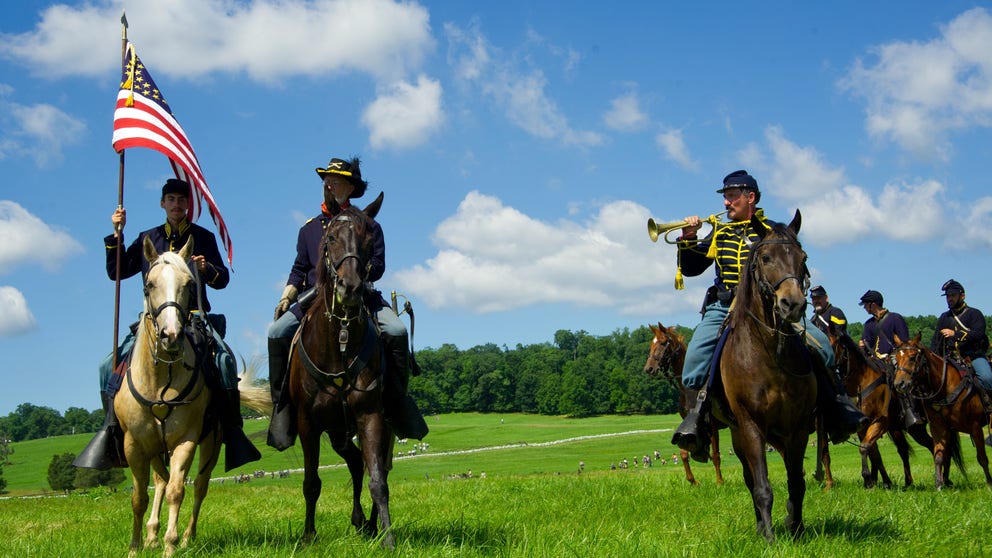How the telegraph helped create one of America’s first weather observation networks
The culmination of more than a century’s worth of research, the perfection of the telegraph in the 19th century helped propel the delivery of life-saving weather news.
Recreating History
Battle reenactments bring military and weather history to life.
Whether by newscast, radio or app, Americans can use a litany of ways to learn about the weather.
But long before the weather news was broadcast or posted online, it was shared on what was once a freshly invented piece of technology: the telegraph.
The culmination of more than a century’s worth of research, the perfection of the telegraph in the 19th century helped propel the delivery of life-saving weather news.
The history of the telegraph
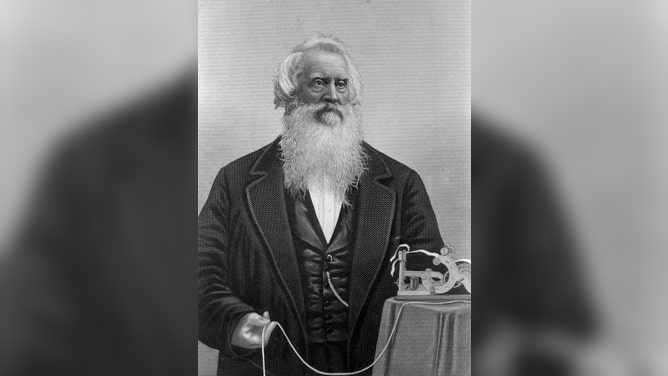
Portrait of Samuel Morse with a telegraph.
(Corbis / Getty Images)
The method of using electricity to communicate began in Europe in the 18th century. Its development in the U.S. was largely due to inventors, such as Samuel F. B. Morse, in the mid-19th century.
Morse developed a telegraphic system and a language of dots and dashes – Morse code – to use on that system. Both gained popularity and were adopted by telegraph companies throughout the country, connecting the U.S. like never before.
The telegraph was initially used for railroad traffic control and then as a news delivery service. Eventually, the utility of the telegraph in terms of weather gained the attention of what the Smithsonian calls "the Father of Weather Forecasting."
Telegraphs, weather and the Smithsonian
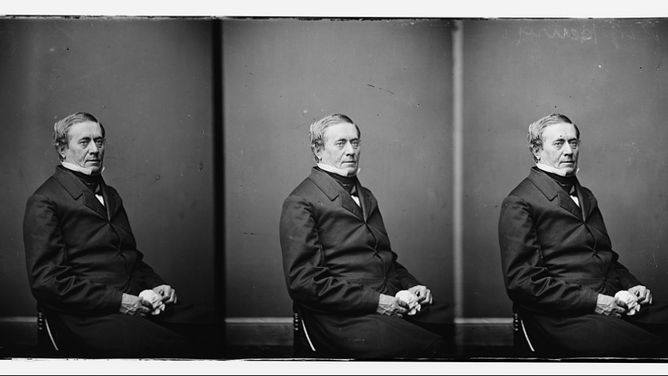
The first director of the Smithsonian Institution, Joseph Henry.
(Library of Congress, Prints & Photographs Division, LC-BH824-4499 / FOX Weather)
Joseph Henry was the first director of the Smithsonian Institution, and he had a keen eye for the weather.
According to the Smithsonian, Henry decided to develop a "system of extended meteorological observations," as he believed that the ability to observe the weather nationally could solve "the problem of American storms."
THE HISTORY OF GEORGE WASHINGTON'S WEATHERVANE
In 1849, the Smithsonian provided weather instruments to telegraph companies, thereby establishing an extensive observation network.
Weather reports from the telegraph stations were submitted to the Smithsonian daily and included information such as the direction of the wind, whether the sky was clear or cloudy and whether observers saw rain or snow at their locations.
According to the National Weather Service, 150 volunteers across the country were regularly submitting weather observations to the Smithsonian by the end of 1849.
A nationwide view of the weather
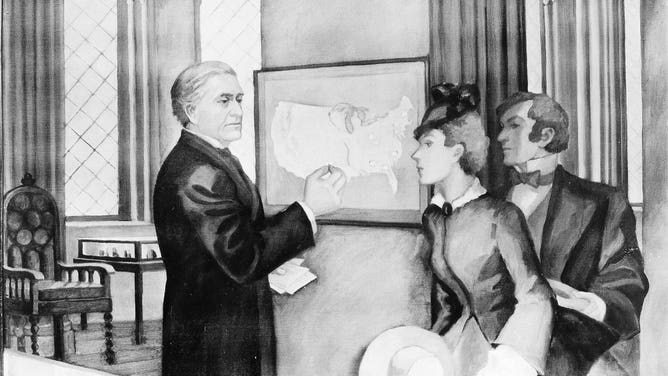
Joseph Henry’s weather map was probably the first one in the country.
(Smithsonian Institution Archive, Image 84-2074 / FOX Weather)
Henry then took these weather observations to create weather maps.
The Smithsonian noted that Henry would place different-colored discs on cities, depending on the weather observations that came from them. White discs were placed on cities with clear skies, blue discs on cities with snow, black on cities with rain and brown on cities seeing cloudy skies.
With these maps, created with weather information telegraphed to the Smithsonian, the institution had assembled, for the first time, "one view of the meteorological condition of the atmosphere over the whole country," according to the Smithsonian.
The NWS said that by 1860, 500 telegraph stations were making regular weather observations. The system continued to grow, and some were absorbed into several state weather services.
Weather observations and technology
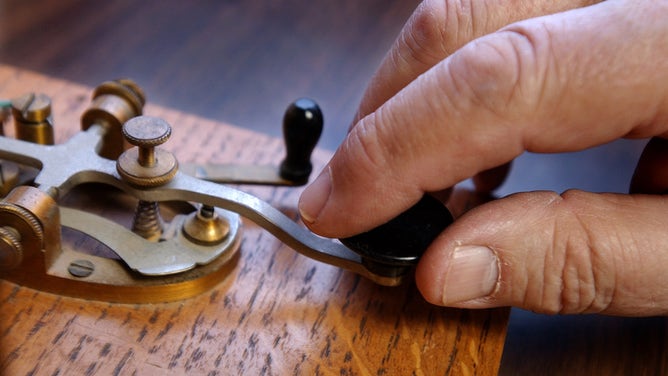
Telegrapher Bob Branchaud taps out a period in Morse Code on a hand key in his home office in Cottage Grove, Minnesota. April 20, 2004.
(JOEY MCLEISTER / Star Tribune / Getty Images)
Over the decades that followed, the system of reporting weather observations grew with the spread of the telegraph and became adopted outside the Smithsonian and state weather services.
In 1870, the NWS said a new national weather service was formed within the U.S. Army Signal Division of Telegrams and Reports for the Benefit of Commerce. While the Army had provided weather analysis since 1814, this newly created Signal Corps issued daily weather summaries and predictions which were then submitted by telegraph.

A daily weather map produced by the Signal Corps for September 1, 1872.
(NOAA / NOAA)
HOW BATTLE REENACTMENTS BRING MILITARY AND WEATHER HISTORY TO LIFE
Weather reports today are submitted via a number of technologies that succeeded the telegraph. So whether Americans watch TV, listen to the radio or use their FOX Weather app, they can stay informed about the weather in ways people like Henry and Morse could have only dreamed of.
